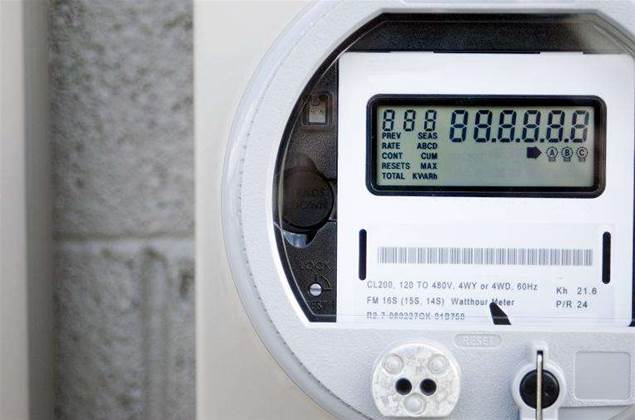The Australian Government’s $100 million intelligent energy grid trial has blown its budget and failed to meet key objectives, the national auditor has found.
The Smart Grid, Smart City Program, which has been shuffled among no less than four administrative departments since its establishment in 2009, is due to publish its findings within months.
The Australian National Audit Office (ANAO) has discovered that the program did not attract and retain enough household participants to its retail trial – the largest in the program – to produce “statistically useful” results.
Furthermore, while the retail trial attracted less than half the optimal number of participants proposed by the consortium that won the grant for the program, AusGrid, it nonetheless cost the full $20 million budgeted for the program due to “increased implementation costs”.
The ALP Government announced the program in the 2009 federal budget, aiming to identify energy efficiencies that might result from using smart grids and smart metering equipment in homes.
AusGrid originally proposed a retail trial involving “up to” 20,000 participants. A consultant’s report commissioned by AusGrid later recommended a base participant rate of 8333 households. In December 2013, the Department of Industry - to which responsibility the program eventually fell - advised the ANAO that the final number of participants in the trial was 4000 due to a drop out rate exceeding 50 percent.
“The 4000 participants figure represents 20 percent of the (up to) 20,000 retail trial participants foreshadowed in Ausgrid’s grant application and set out in the original funding agreement. It is also significantly less than the estimates proposed by the other (unsuccessful) grant applicants,” the ANAO wrote in its report.
“Despite lower participation rates, the estimated cost of the retail trial (around $20 million) was not reduced, and accounted for around one‐fifth of total expenditure,” it added.
It also found that the trial did not run over an optimal time period to account for statistical anomalies created by extreme and unusual weather.
“As a consequence of the reduced timeframe and participation rate, the retail trial has not generated the volume or breadth of data that was initially envisaged,” the ANAO wrote.
Nevertheless, the ANAO found that the results of the trial had the potential to contribute to government policy.
“While not achieving a ‘commercial‐scale’ rollout as initially required under the program guidelines, the retail trial has identified the challenges that government and industry will need to consider if implementing a broader rollout of smart meters and their associated technologies”.


























